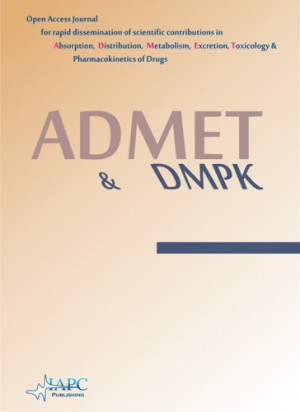
ADMET & DMPK
Yazarlar: ["Abu T.M. Serajuddin"]
Konular:-
DOI:10.5599/admet.1622
Anahtar Kelimeler:3D printing,Fused deposition modeling,Hot melt extrusion,3D-printed tablet,Drug release,Rapid dissolution
Özet: Since the approval of a 3D-printed tablet by the FDA in 2015 for marketing, there has been a great interest in 3D printing in the pharmaceutical field for the development of personalized and on-demand medications. Among various 3D printing methods explored for the development of oral solid dosage form like tablet, the fused deposition modeling (FDM) 3D-printing, where the drug-polymer mixtures are first converted into filaments by hot melt extrusion (HME) and then the filaments are printed into tablets using 3D printers by applying computer-aided design principles, has emerged as the most attractive option. However, no FDM 3D-printed tablets have yet been marketed as the technology faces many challenges, such as limited availability of pharmaceutical-grade polymers that can be printed into tablets, low drug-polymer miscibility, the need for high temperature for HME and 3D-printing, and slow drug release rates from tablets. These challenges are discussed in this article with a special focus on drug release rates since FDM 3D-printing usually leads to the preparation of slow-release tablets while the rapid release from dosage forms is often desired for optimal therapeutic outcomes of new drug candidates. Pros and cons of various strategies for the development of rapidly dissolving FDM 3D-printed tablets reported in the literature are reviewed. Finally, two case studies on emerging strategies for the development of rapidly dissolving FDM 3D-printed tablets are presented, where one outlines a systematic approach for formulating rapidly dissolving tablets, and the other describes a novel strategy to increase dissolution rates of drugs from FDM 3D-printed tablets, which at the same time can also increase drug-polymer miscibility and printability of tablets and lower processing temperatures. Thus, this overview and commentary discusses various issues involving the formulation of rapidly dissolving FDM 3D-printed tablets and provides guidance for the development of commercially viable products.